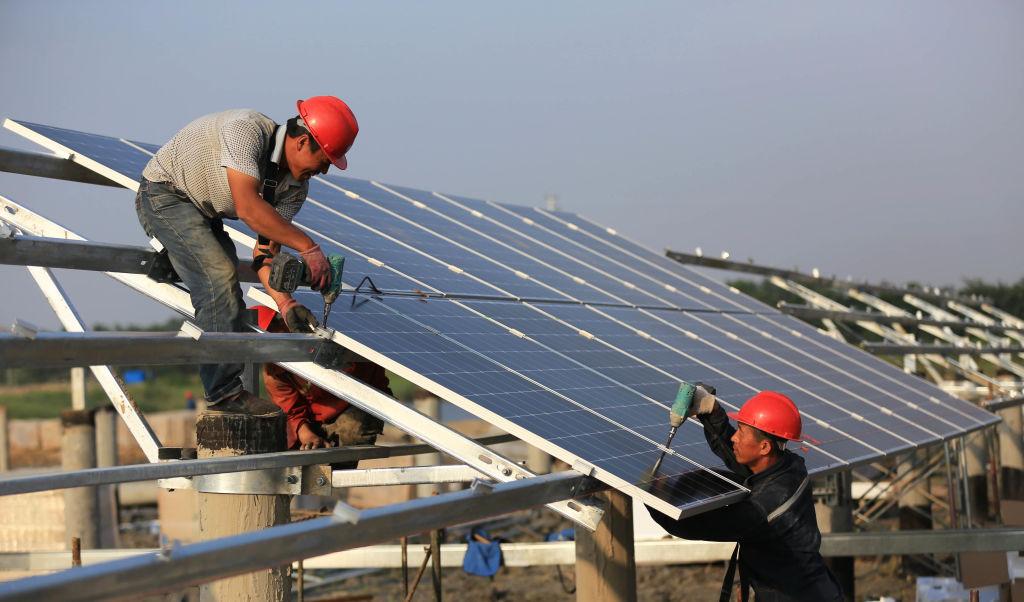Commentary
At two minutes to midnight, Australians are finally being offered something that at least resembles a debate about the social and economic consequences of a net-zero emissions target.


At two minutes to midnight, Australians are finally being offered something that at least resembles a debate about the social and economic consequences of a net-zero emissions target.